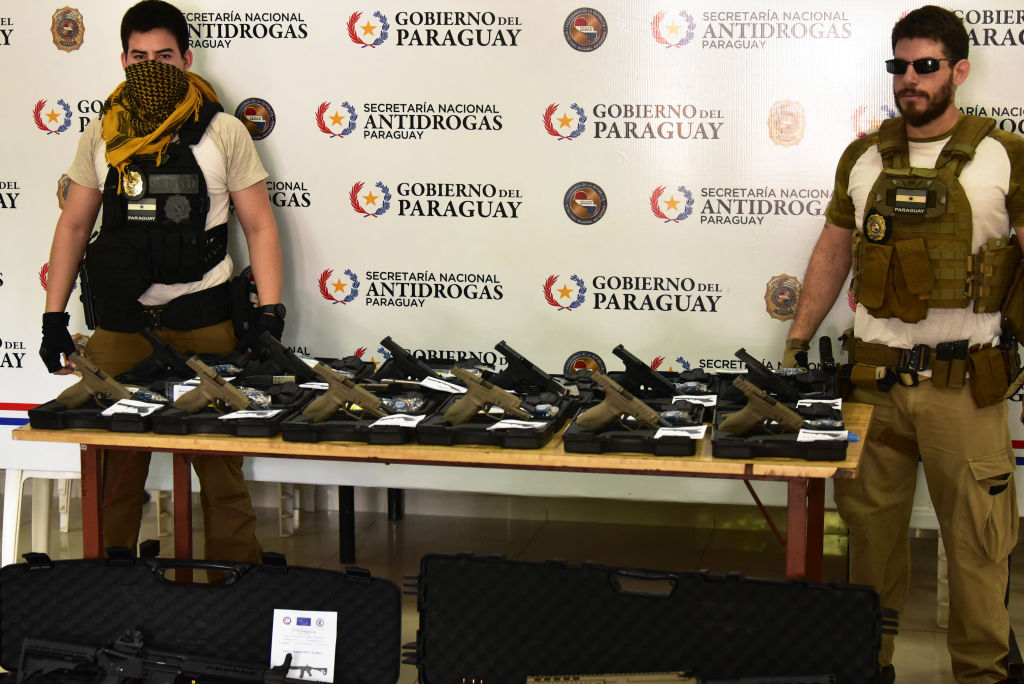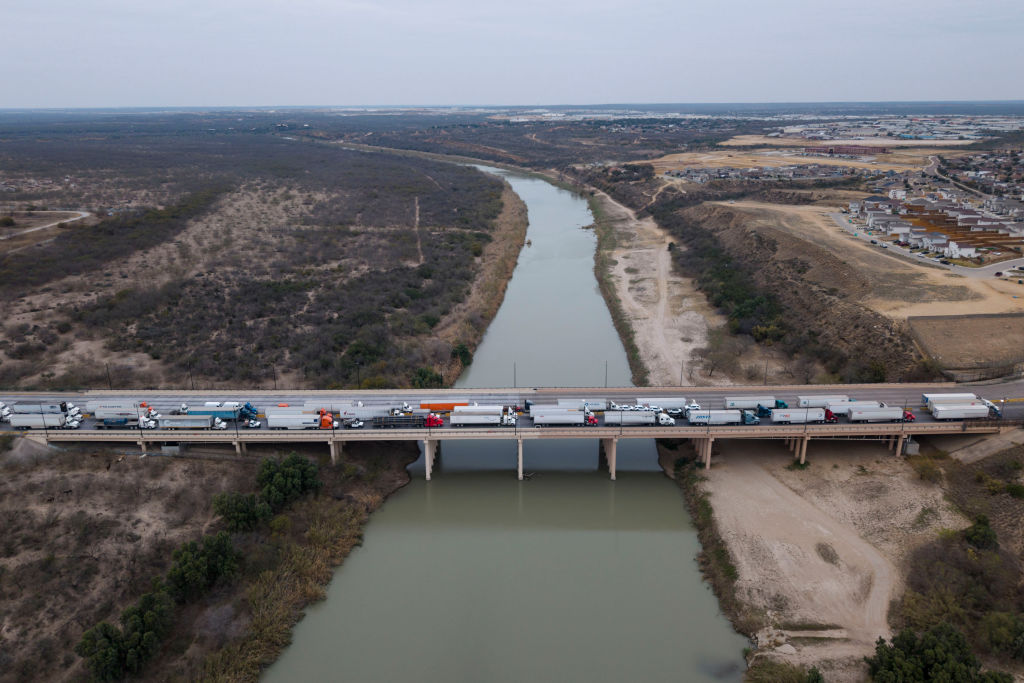Crime and Security in Central America
Crime and Security in Central America
Police aren't the problem, they're the solution. They just need to be better paid and better trained.
In the aftermath of Central America's brutal civil wars, the region became a laboratory for "zero-tolerance" policies to reduce violent crime. Now, the region's governments have concluded that such repressive policies have failed, and they are exploring new approaches with the help of the international community. Guatemala and El Salvador are leading moves to develop new strategies, creating an opportunity for broader institutional reforms within the region's national police forces. The question is whether they will produce results that can satisfy increasing public anxieties about the crisis in public security.
Central Americans are justifiably fed up. The politically motivated murders and assaults of the 1980s were replaced in the next two decades by a wave of violence fueled by organized crime and drug trafficking that was exacerbated by the easy access to small arms. In 2008, Guatemala recorded more than 6,200 homicides, or about 48 per 100,000 inhabitants. El Salvador and Honduras had homicide rates of about 55 and 58, respectively, that year. (The homicide rate in the U.S. is 5.9.) The situation has reached "epidemic" levels according to the Pan American Health Organization (PAHO), making the northern traingle of Central America one of the world's most violent subregions.
The region took serious steps toward modernizing its police forces in the 1990s. But Central American police (with the interesting exception of Nicaragua, whose police force is generally seen as professional, competent and apolitical) remain weak, ill-equipped and understaffed. Their legitimacy has been further undermined by corruption scandals, human rights abuses, allegations of extrajudicial executions, and the infiltration of organized crime—particularly in Guatemala.
At the time, it seemed logical to turn to the armed forces for public security tasks. But the get-tough approach failed to keep rampant criminality in check, and the diversion of budgets set back plans to modernize police. Unable to rely on uniformed law enforcement, citizens took matters into their own hands. Businesses hired private security companies; and individuals, taking advantage of the easy access to firearms, armed themselves...
To read more, subscribe and receive an instant digital copy of the Summer 2009 issue.
Already a subscriber? Login now.
Adriana Beltrán is an associate on organized crime and police reform at the Washington Office on Latin America (WOLA).








